
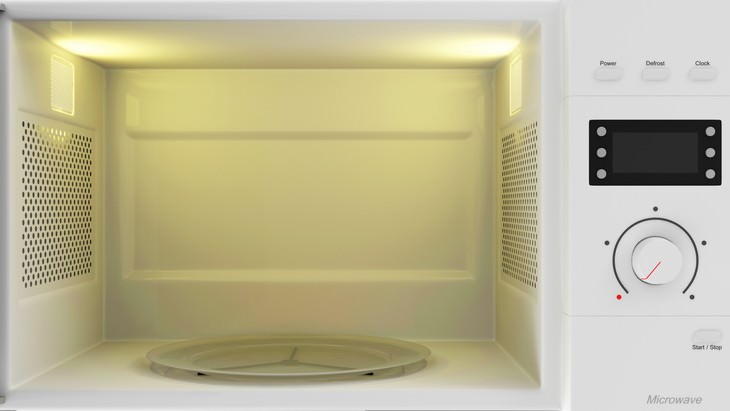
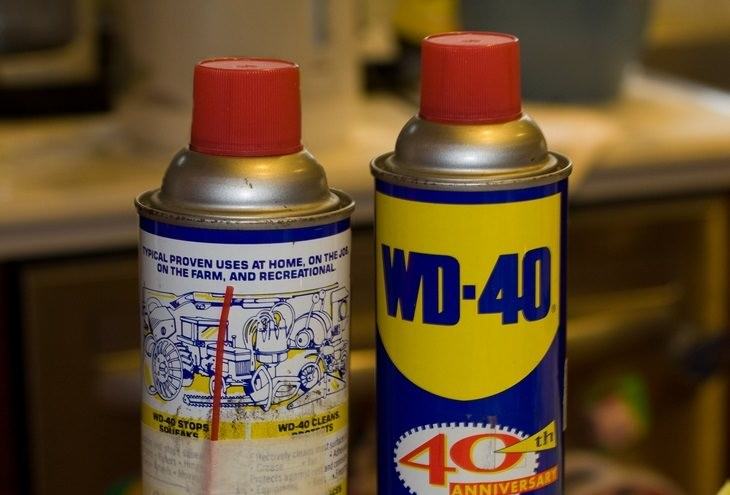
How does it work? We laid out a kitchen towel on crayon/pencil stains left on the children’s clothes and turned them inside out. We sprayed some oil on the stain from the inner side of the garment then turned it over again, removed the kitchen towel, and sprayed some oil directly onto the stain. Afterward, we rinsed the garment in cold water and washed it in the machine as usual.
The Result: This hack did work, but we found there's a way to improve it. After rinsing the garment in cold water, we rubbed a bit of dish soap onto the stain before putting it in the washer. This extra step cleaned the stain out more thoroughly and left no traces.
Related Article: Organizing Hacks You'll Actually Use

How does it work? We took an oven tray, which was used for baking cookies the day before, and sprinkled it with some baking soda. On top of that, we sprayed some hydrogen peroxide and then another layer of baking soda. We let the tray soak for half an hour, and then scrubbed it using a sponge and dish soap.
The Result: Unfortunately, after all the effort and the half-hour wait - we didn’t see a significant improvement. The hard layer of dirt and grime that’s accumulated on the tray for years did not dissolve. This hack originally promised to deep clean the tray and make it ‘as good as new’, but in reality, it only provides a surface-level clean.
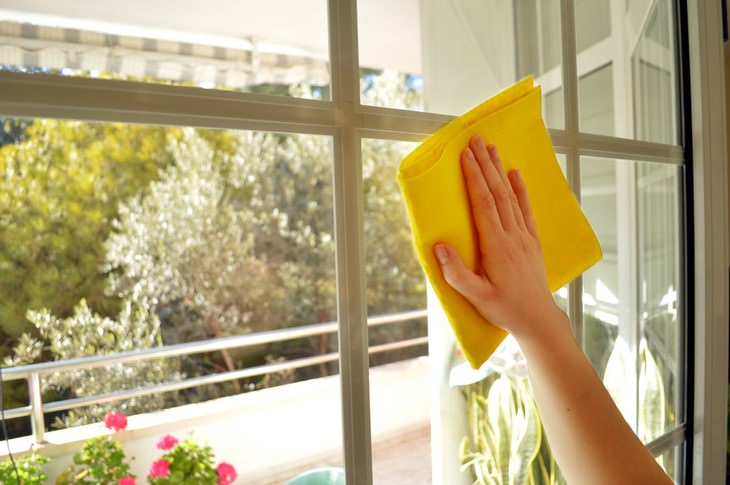
How does it work? To replace the chemical spray most of us use to clean glass surfaces like windows and mirrors, we mixed a solution of equal parts alcohol, water, and white vinegar and poured it into a spray bottle.
The Result: This DIY mixture worked just as well as the store-bought spray! If you want to avoid being exposed to chemicals and have your glass surfaces squeaky clean - try it.
Related Article: 11 Essential Bathroom Hacks

How does it work? We mixed a solution of equal parts white vinegar and baking soda, then sprayed it on the grout between the shower tiles and scrubbed it with a cleaning pad.
The Result: Not bad at all - the grout ended up looking white and new. We’d definitely consider adopting this method, as cleaning grout usually takes a while and that means prolonged exposure to the dangerous chemicals found in industrial cleaning liquids.
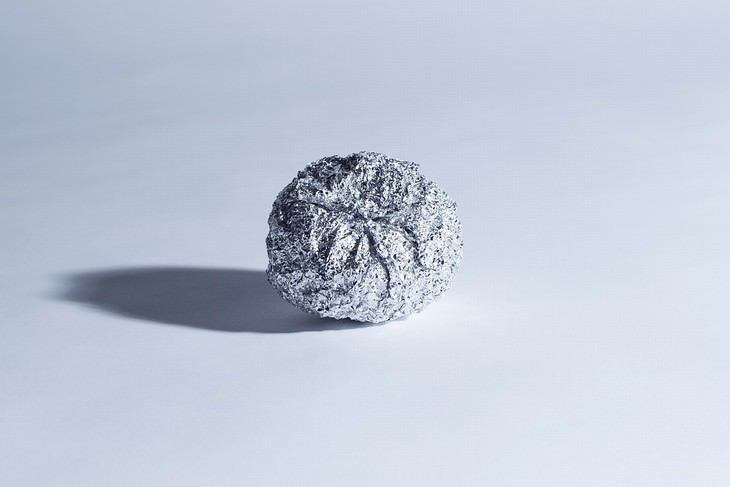
How does it work? We replaced dryer sheets, used to create a guard against the buildup of static electricity during machine drying, with a little ball of ordinary tinfoil.
The Result: Opinions are split. On one hand, this extremely simple homemade device is somewhat effective. The laundry did come out of the dryer static electricity-free, but the tinfoil did not soften it or give it the fresh smell we all love.
It depends on which properties are more important to you.
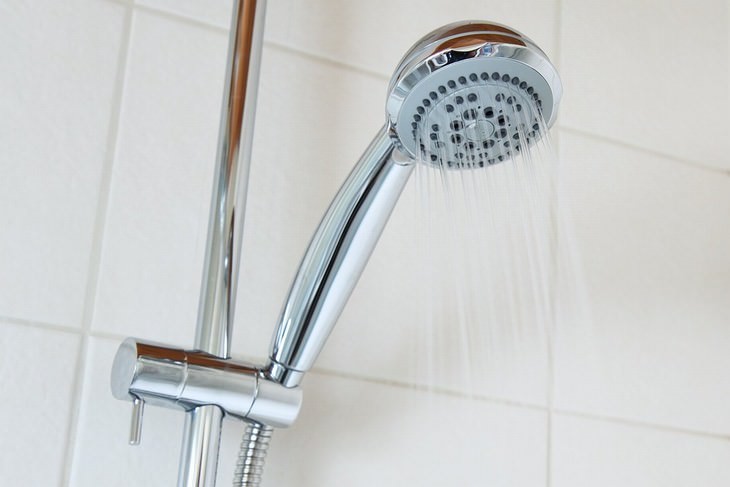
How does it work? We filled a plastic bag with vinegar, added a tablespoon of baking soda, then placed the dirty shower head into the solution, tied the bag around it, and let it soak for about 2 hours.
The Result: Not only did the shower head come out clean and scale-free, but we also noticed that the water pressure was stronger and more steady after the holes were no longer blocked by mineral buildup.

How Does it work? We mixed ½ a cup white vinegar, a tablespoon of salt, and ½ teaspoon of dish soap, and poured the solution into a spray bottle. We sprayed the stains on the carpet and let it absorb the solution for a few minutes. Afterward, we scrubbed the stains off with a wet cloth.
The Result: Works like a charm. This simple solution managed to remove even age-old stains. If you have some leftover spray in the end, it can also be useful as a weedkiller!

How does it work? Making your own spray starch is extremely easy. All you have to do is add one tablespoon of cornflour to 1 liter of boiling water. Mix consistently until all of the cornflour has dissolved. Pour the solution into a spray bottle and voila - you have an ironing spray.
The Result: Ths starch definitely made the ironing task easier, and the clothes ended up looking more polished than usual. This DIY spray is so simple and cheap to produce, it can definitely replace store-bought ones.

How does it work? To make a 100% natural and nontoxic home scent, fill a small canning jar with baking soda and stir in 10 to 20 drops of your favorite essential oil (we used lavender). The jar can be sealed when you need a break from the scent, and more essential oil can be added to renew it.
The Result: This fragrance dispenser made the house smell lovely without being overwhelming. It is completely safe and chemical-free, so you may even place it in the children’s room.